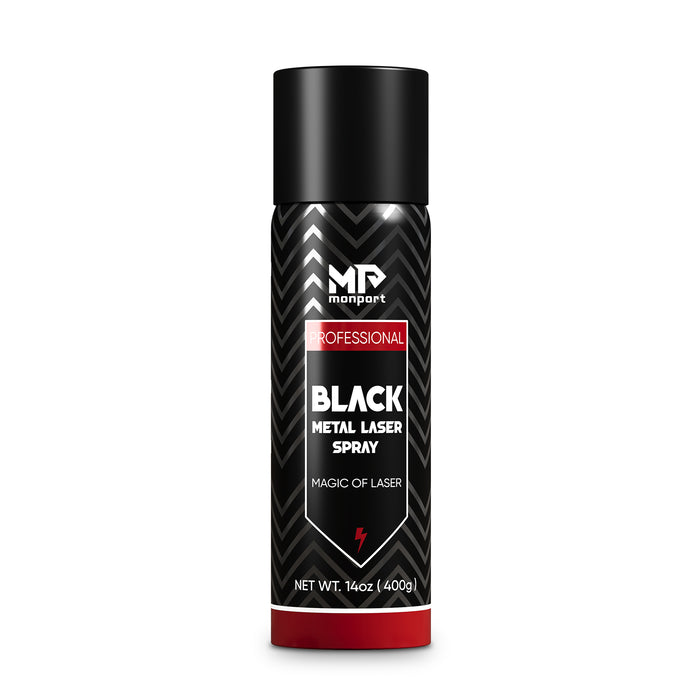When using a CO2 engraver for engraving and cutting, it is vital to keep the machine functioning properly. The industrial chiller system is an important part of the CO2 engraver and is responsible for cooling the laser tube to prevent overheating. Regular cleaning of the water line is essential to ensure the long-term stability and efficiency of the machine. It is usually recommended to clean the water line every 1 month, or when the water in the water line is visibly contaminated, the water line needs to be cleaned immediately to replace the internal distilled water or coolant. Below are detailed steps and recommendations for cleaning the water line of your CO2 engraver.
I. Preparations before cleaning water industrial chiller system
Before cleaning the water path of a CO2 engraving machine, adequate preparation is key to ensuring the cleaning process goes smoothly. Proper preparation can not only avoid accidents during the cleaning process, but also ensure the efficiency and safety of the cleaning work. Here are the preparation steps you need to take:
- Disconnect and drain the power:
Before performing any cleaning or maintenance operations, first disconnect the power to the engraver to ensure that the unit is in a safe condition. At the same time empty or drain any water remaining in the water line.
- Prepare cleaning tools:
Brush, funnel, water basin cabinet, mild detergent (if needed), compressed air and dry towels, etc.
II. Steps for cleaning the water chiller
Cleaning the water path is an important part of maintaining the normal operation of the CO2 engraving machine. Accumulated scale or dirt in the water line may affect the cooling effect of the equipment, thus affecting the quality of engraving and the service life of the machine. According to the specific design of the CO2 engraver and the layout of the water circuit, the following are the general cleaning steps.
- Unscrew the water release port at the bottom of the water cooler, empty the water in the water cooler and the water circuit of the machine, and place a water basin at the drain port to catch the water.

- Observe the water piping and connections for scale, limescale or other dirt. Pay special attention to whether there is clogging or foreign objects.
- If the CO2 engraver is equipped with a water pump and filter, check their condition first. Clean the grids at the inlet and outlet of the water pump and remove any dirt from them.
- Use a mild detergent for the inside of the sink and the water lines. Make sure that the cleaning will not damage any parts inside the water line. (NOTE: If coolant is present in the water pathinstead of distilled water, it should not be cleaned with detergents or acidic liquids).
- Using a funnel, add distilled or purified water to the water cooler after cleaning and start the water cooler to thoroughly flush the water line to ensure that all detergent residue and dirt is removed. Flush as many times as necessary until the water is clear.
- Use compressed air or a brush to clean the inside of the water cooler of dust, along with the dust screen and cooling fan. Ensure that it is clean, then reassemble and connect the components.



- Connect the power supply and restart the engraver. Check whether the water industrial chiller system is working properly and whether the water pump is functioning properly to make sure there is no water leakage or other problems.
Precautions
Following some basic precautions can help you avoid common problems and ensure your cleaning job is both safe and efficient.
- Follow the manufacturer's recommendations:Perform the cleaning steps according to the specific model of the CO2 engraver and the manufacturer's recommendations.
- Regular Maintenance:It is recommended to clean and maintain the water circuit industrial chiller system regularly to ensure long-term stable operation of the equipment.
- Safety first:Ensure safety during operation to avoid equipment damage or personal injury due to improper operation.
By regularly cleaning the water industrial chiller of the CO2 engraver, the service life and working efficiency of the equipment can be effectively improved to ensure the quality and stability of the engraving.
Achieve Perfect Metal Markings with Monport Black Laser Marking Spray
Unlock effortless engraving with Monport Black Laser Marking Spray, designed specifically for CO2 laser engraving machines of 25 watts and above. With a simple shake and spray, you can create high-contrast, permanent black marks on metals like aluminum, stainless steel, and brass. Thanks to its nanoparticle formula and anti-clog nozzle, this 14 oz aerosol ensures a smooth, even application with quick 5-minute air drying, making it perfect for personalizing jewelry, customizing glassware, and serializing tools.
The black laser marking spray transforms your metal surfaces with precision, providing durable, heat-resistant, and deeply penetrating marks that stand the test of time. Whether you're working on DIY projects or professional metalwork, its powerful fine-grain formula guarantees crisp, permanent results after engraving. Plus, the effortless rinse-and-wipe cleanup leaves no residue, helping you maintain an efficient workflow without any extra hassle.
Choose Monport Black Laser Marking Spray for a professional-grade finish every time. With its easy application, powerful coverage, and permanent results, this black laser marking spray is your ultimate tool for high-quality, durable metal markings. Say goodbye to complicated setups and hello to flawless engraving with Monport!











